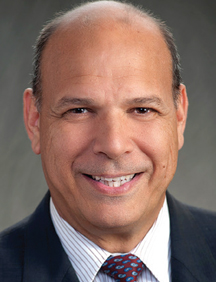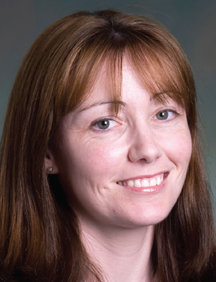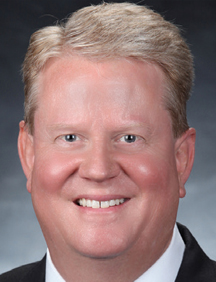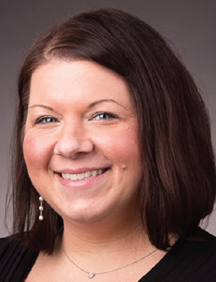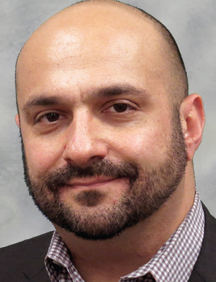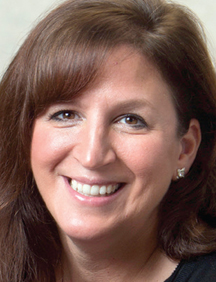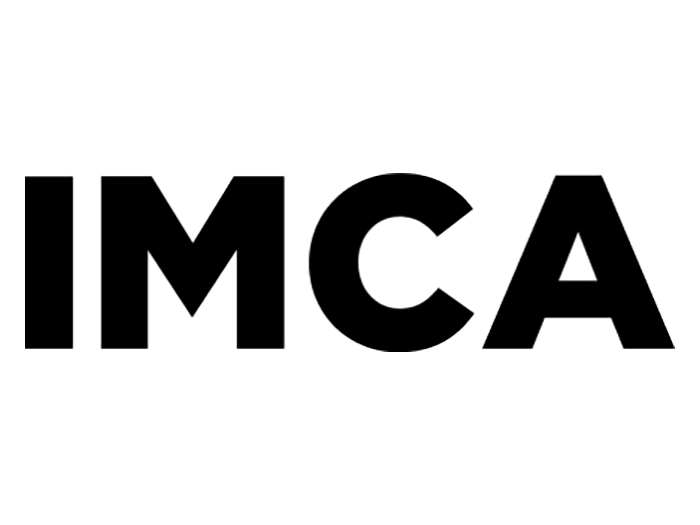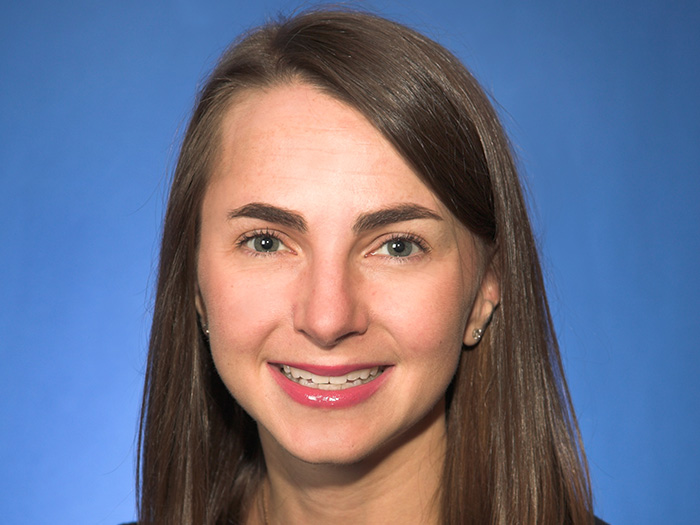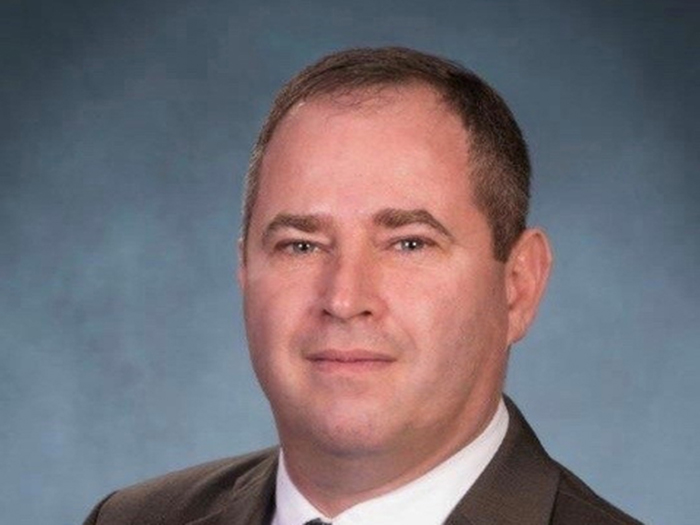2015 Power Broker
Utilities (Alternative Energy)
Robust Coverage
Not even a Power Broker® can guarantee that the sun will shine. But Willis’ Robert Gary and his partner Danny Seagraves put together a program for a solar energy project that accomplished essentially that.
It was a revenue guarantee structure that covered essentially all of the facility’s rated output. Previous such structures had not been able to cover as much.
“The robustness of the guarantee reflected the robustness of the physical project,” said the risk manager. “Robert, along with Danny and their team, were essentially business partners with us. They worked for us and with us, not just with the insurance carriers but also with the banks and with our financial backers.”
Despite the size and scale of the project, the operating company is essentially a startup, and so needed utility-scale insurance and risk management, along with the usual bootstrap support, such as creation of operating contracts, solicitation of investors, and establishment of a bonding relationship.
Specifically, the insurance coverage enabled the client to replace the standard contractor production warranties, which are backed by the company’s balance sheet, and instead use a proprietary A++ rated insurance policy that guarantees the electrical output.
The client noted that the warranty replacement was an accomplishment in and of itself, and oh — by the way — the policy is also functional insurance. On that basis, Gary and team were able to secure a decrease of about half in the deductible.
Renewing After a Loss
Somewhere there is a master’s thesis to be written on the frequency of major losses that occur just before or even during the renewal process. Brokers in several categories this year, and in previous years have won their laurels having to handle both at the same time.
Look to Beecher Carlson’s Susan Garrard to see how it’s done.
“Renewals are difficult in our industry under the best of circumstances,” said one insurance manager. “This year ours came on the heels of a multimillion-dollar claim. Susan did a great job on the claim, but then she really had to dig in on the renewal.
“One carrier just did not want to renew us at all. She turned that to our advantage, saying to the other carriers that considering she had to go to the market anyway, she might as well go with the whole program,” said the client.
“At the same time, she walked them through our business and the loss. She explained the causes, what steps we had taken, how that type of loss was not unusual in our industry, and how she was broadening our market to diffuse the risk.”
In the end, Garrard was able to find new carriers as well as renew almost all of the existing underwriters.
Another case highlights a growing trend in alternative energy: distributed generating.
One of Garrard’s clients was in the process of acquiring a small geothermal facility. The logic of generation scaled to the immediate local needs is clear, but prevailing practice is skewed to large facilities. Garrard found a market wiling to scale the coverage to the asset.
A Master of Integration
“Drew has done an outstanding job for us over the years but especially in most recent renewals,” said one risk manager.
“We are expanding into new sectors and Drew and his team have not only secured short-term coverage but have embarked on more integrated programs to cover these risks in the future. In addition, he was recently instrumental on a very tough claim. Drew is a great advocate for our company.”
With the convergence of many sectors — utilities, energy, technology — the challenge of gap analysis and mutual exclusions has grown exponentially.
The traditional remedy of building a separate tower for excluded perils has become impractical in situations of multiple exclusions.
Clients laud Haaser, Marsh’s U.S. technology practice leader, for his ability to use integrated programs focusing on technologies and practices essential to operations and business continuity, rather than on outdated definitions of assets. In some cases, that approach streamlines the underwriting process.
Power Broker® status also rests on the foundation of being an honest broker, one that can be trusted by all parties. That came to the fore in one situation where one of Haaser’s clients needed to file a claim that would have had a detrimental effect on one of the companies with which the client firm did business.
It was expected that the claim would end the relationship between the client firm and the other company. The client reported that Haaser was able to intervene with the insurance company. The full amount of the claim was paid, and the two companies were able to maintain their full working relationship.
Leveraging Powerful Bonds
Legacy challenges in the utility sector often extend beyond aging infrastructure and environmental exposures — dating from times when regulatory strictures were considerably more lenient. Many different business models and ownership structures have been tried.
One of Christine Palomba’s clients has a full slate of power and light operations, as well as other infrastructure businesses.
“We are, at best, a difficult entity to insure,” said the risk manager. “When we realized we needed to raise our excess liability limits to almost double what they have been for years, we knew we would be scouring the markets for willing capacity. Our mutual insurers are willing to take on the higher limits, but at a rate that was unacceptable to us.
“Christine worked hard to build solid relationships with overseas carriers on whom we relied heavily to find capacity. She is such an advocate for us that there were not only several willing participants, but the rates they quoted were virtually unheard of for an entity like us.
“Christine made the most of her relationship with us and with the carriers to accomplish what we thought would be unobtainable.”
In another case, a new client, one that had grown massively in recent years, could not find coverage sufficient for its expanded size and scope, despite an outstanding loss record.
Palomba created a new approach, presenting the expanded company as a whole. Market response was significantly improved and the client realized a 40 percent total savings compared to the piecemeal — and insufficient — previous collection of policies.
Embracing the Alternative
In the common view of alternative energy, the sector is populated by a few midsized firms but mostly small startups with big dreams and modest means.
As the field has grown, established utilities are a growing presence. To be sure, the embrace of alternative energy by traditional generating and distribution companies is highly variable, and so are the challenges of fitting the new risk-management realities into a large but often strictly delineated insurance program.
That’s where Marsh’s Dimitrios Parikos comes in.
“We are really challenged by our rapid growth in alternative energy,” said one insurance manager for a big utility, “and we have challenged Dimitrios to keep us up to speed on the risk management of this new venture. It is all very new to us, even though we are an old company.”
This year, alternative energy projects within the one utility varied from small demonstration efforts to commercial-scale power supply programs. They were separate from each other, and were scattered through the operating area and through the calendar.
The client credited Parikos with fitting each instance into the existing insurance programs. In some cases he brought in specialized carriers. In others he was able to extend existing coverage.
Offshore usually means in state or at least federal waters, but in the case of one client’s wind-energy project, it meant an entirely different country in another region of the world — one that is exposed to extreme weather but does not have the most robust construction sector or infrastructure.
The client lauded Parikos for finding carriers that would write the risk, and securing manageable terms and costs.
Mastering the Tricks
In other industries, no matter how esoteric they may be, they are just one industry. Alternate energy is many sectors and subsectors, each with its own discrete requirements.
“It is difficult to be good in all phases of alternative energy,” said one risk manager. “Teresa can handle all of it, biomass, cogeneration, even traditional coal- or gas-fired. She is comfortable with all of it. A lot of alternate energy companies are small, others are big companies that are energy providers, using whatever sources make most sense.
“But they still want to place one program through one broker. Teresa is the best professional advisory person across all the suites of the sector.”
This year, for example, that client firm sold one subsidiary business and started two others from scratch.
“Writing tricky policies and renewals at the same time is what Teresa did for us this year, and has done for us across our commercial lines for the past seven or eight years.”
One client acquired a Brownfield site at a tiny fraction of its value because it came with large and well-known legacy issues.
“It was a very old, very big industrial site,” said the risk manager.
“You can just imagine what the exposures could be. The potential losses were larger than the price we paid, by several orders of magnitude. You can just imagine how complicated and expensive that placement could have been. Teresa spent time at the site and was able to characterize the risk to our carriers and get us appropriate coverage at a good price.”

